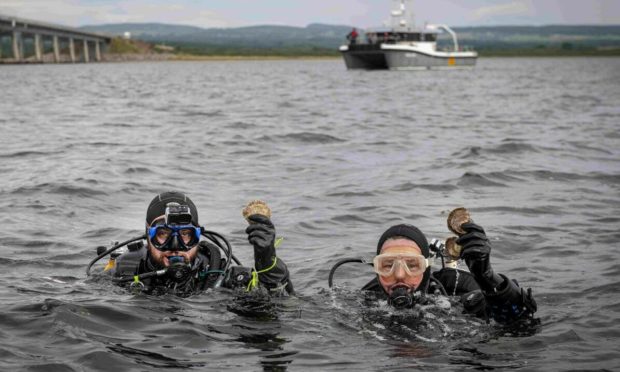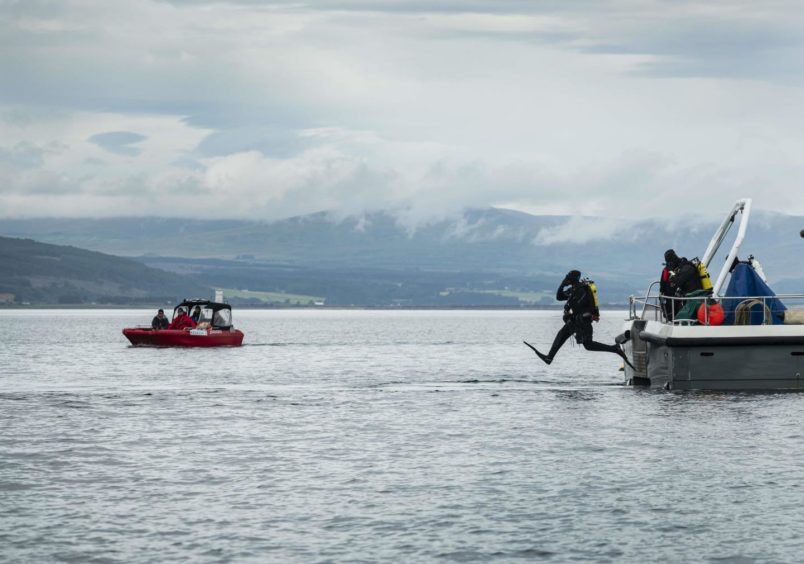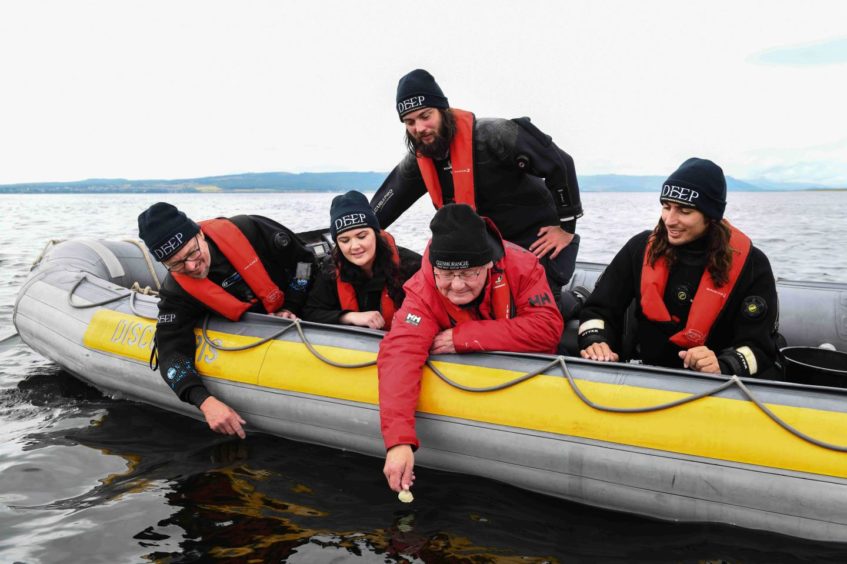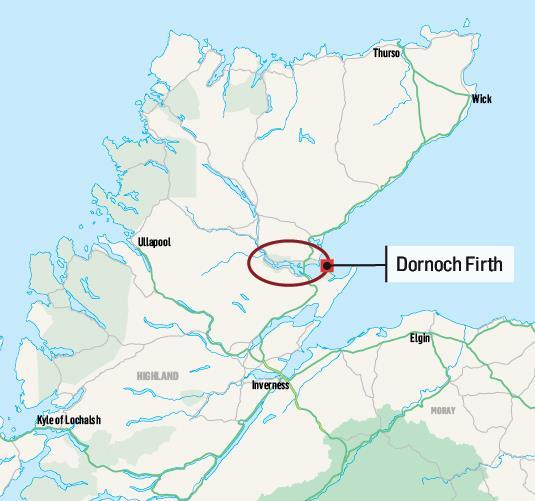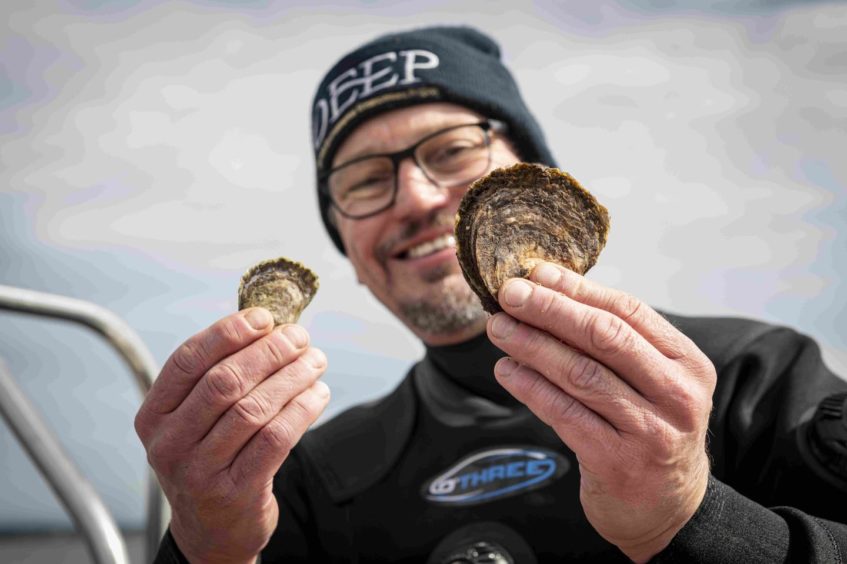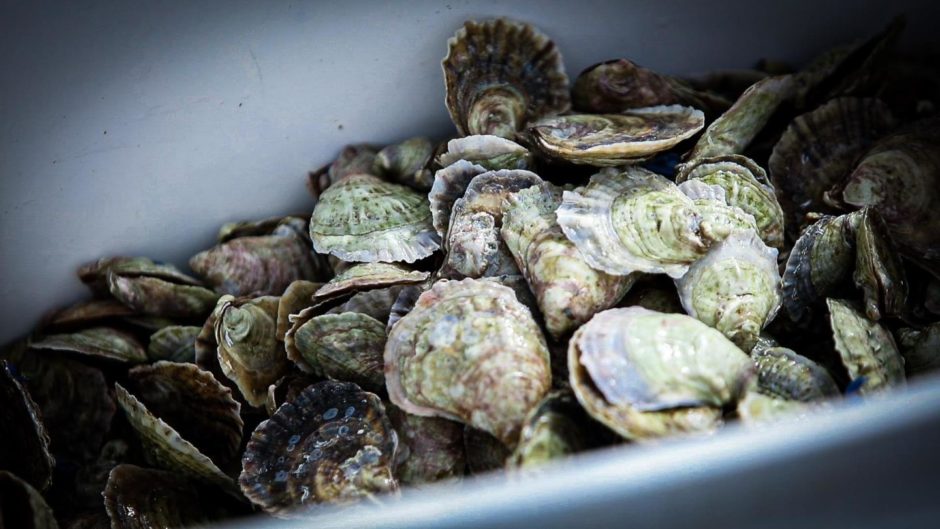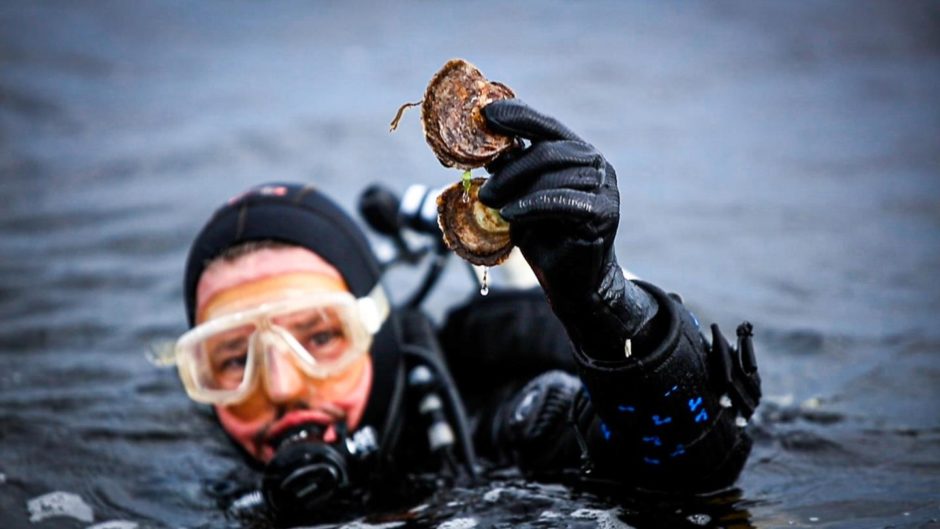Beneath the waters of the Dornoch Firth, thousands of creatures are redefining “the water of life” by transforming whisky waste into clean water, and helping combat climate change at the same time.
Oysters once lived all throughout the firth spanned by the busy Dornoch Bridge, north of Inverness, however as a result of overfishing the species has been extinct in the area for more than 100 years.
But since 2014, the Dornoch Environmental Enhancement Project, or Deep, has been working hard to return the vitally important species to the region.
The filter-feeding molluscs can improve ecosystems by purifying up to 200 litres of water a day each, and oyster reefs create valuable habitat for marine life.
And perhaps more importantly, research by Deep has shown the potential for the creatures to capture carbon dioxide, which could be an important tool in the fight against climate change.
Last week Deep reintroduced the 20,000th oyster into the firth, and those behind the initiative have long-term plans to expand this number to four million.
Collaboration between Glenmorangie and Heriot-Watt University
The project was created through a partnership between Glenmorangie Distillery, which overlooks Dornoch Firth, and Heriot-Watt University alongside Marine Conservation Society.
Hamish Torrie, director of corporate social responsibility at Glenmorangie, said the business produces a lot of organic waste from the whisky-making process, which is discharged into the firth.
Although the distillery’s anaerobic digestion plant has reduced the “biological load” it puts into the waters by more than 95%, the business is still concerned about the remaining 5%.
It is intended that this final percentage will be covered by Deep’s oyster restoration work, as the molluscs can happily feed on the by-products of Glenmorangie.
Prior to the reinstatement of the first oysters, Deep researched archaeological records and historic literature to confirm they did indeed used to live in Dornoch Firth.
They believe native European oysters thrived in the waters for around 8,000 years until the population was destroyed by overfishing, a common occurrence for oyster populations around the world.
Hamish, who “blessed” the firth with a healthy glug of the distillery’s whisky when the 20,000th oyster was reintroduced last Thursday, said: “We dreamt up this oyster reef restoration project based on the precedent that there were oysters in the firth for thousands of years before.
“So we turned water quality enhancement into habitat regeneration, if you like, which is very exciting.”
He explained as a whisky-making business, Glenmorangie is used to working on very long-term projects.
He added: “It’s taking a long time… our whisky normally takes about 10 years to mature, and this one is maturing at about the same rate.”
Engineer oysters
Bill Sanderson from Heriot-Watt University is research director for the Deep project.
The professor makes frequent trips beneath the waters using Scuba equipment to assess the general health of the reefs the project has established so far.
He also keeps an eye out for how well the oysters – and the other marine denizens of the Dornoch Firth – are settling into their new homes.
He said: “They’re ecosystem engineers, what they do is they create complex structures on the seabed, and lots of other things can live in the nooks and crannies there.
“So they create biodiversity hotspots, but the other really important thing about oysters is they’re filter feeders as well, so they suck all the particles out of the water, and poop it out onto the seabed when they’ve finished eating it, and enhance water quality in the process.”
Carbon Capture
Bill explained how Deep is investigating findings that suggest a restored oyster reef habitat can have promising potential as long-term carbon storage, which can help to mitigate climate change.
By growing their shells out of calcium carbonate, the carbon they digest from food in the undersea environment can be “locked away”.
However, there are potential issues.
Bill said: “Some of the research we’ve been doing in the last couple of years shows that filtration process, the filtering the water, when they’ve taken the food that they want out of that, they sort of poop the remains out on to the seabed.
“We’ve shown that reef restoration can treble the amount of carbon that’s going from the water and onto the seabed.
“And these shells of course are made of calcium carbonate, so as they grow, they’re locking away that calcium carbonate, and that other carbon that’s going onto the seabed gets built up into that matrix.
“So oysters are creating a carbon store as they grow.”
Bill added: “The other part of the equation of course is that they respire as well, much the way we do.
“We produce carbon dioxide when we breathe, and oysters also when they respire produce carbon dioxide.
“So we have to subtract that from the calcium carbonate that they’re fixing onto the seabed, to work out the overall effects of oysters, and that’s what we’re doing right now.”
